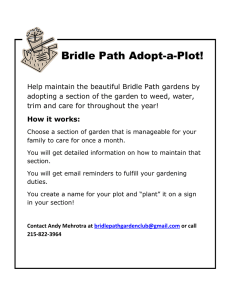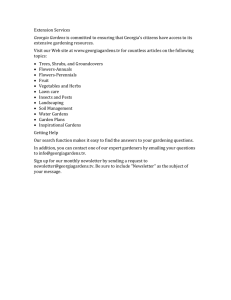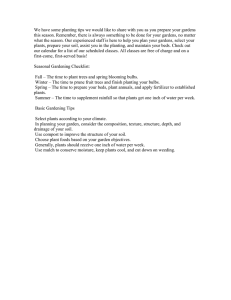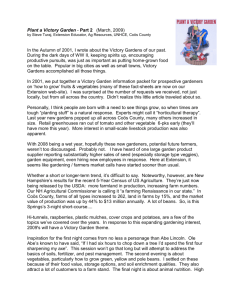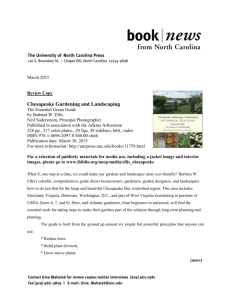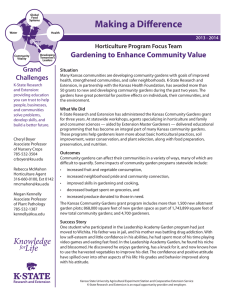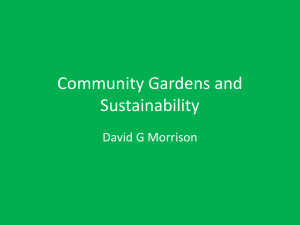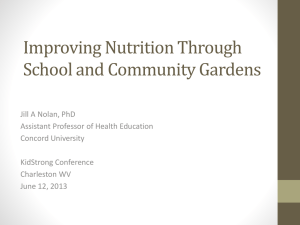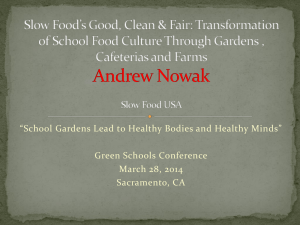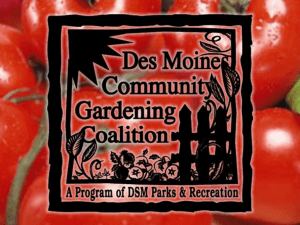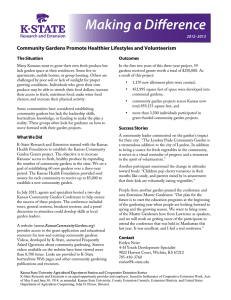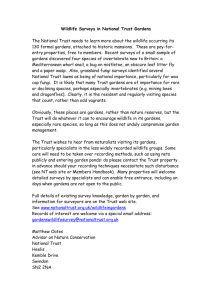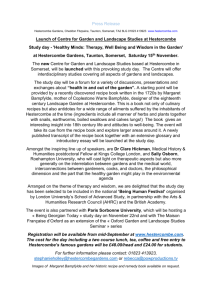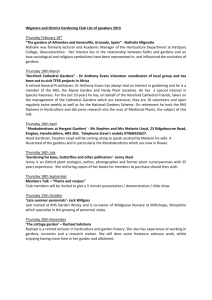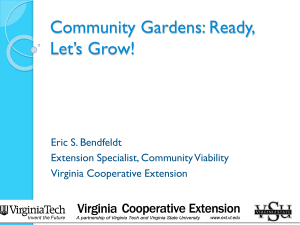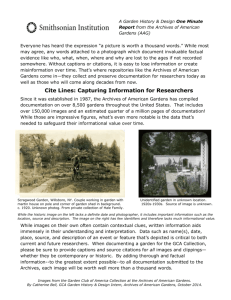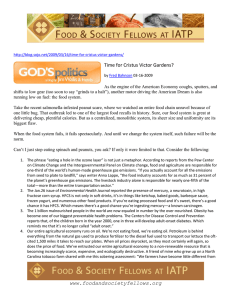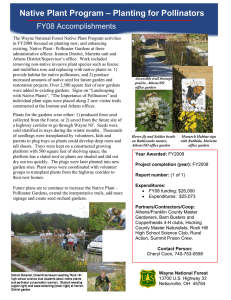SITUATION: - A vast amount of land wasted, with no function, used
advertisement
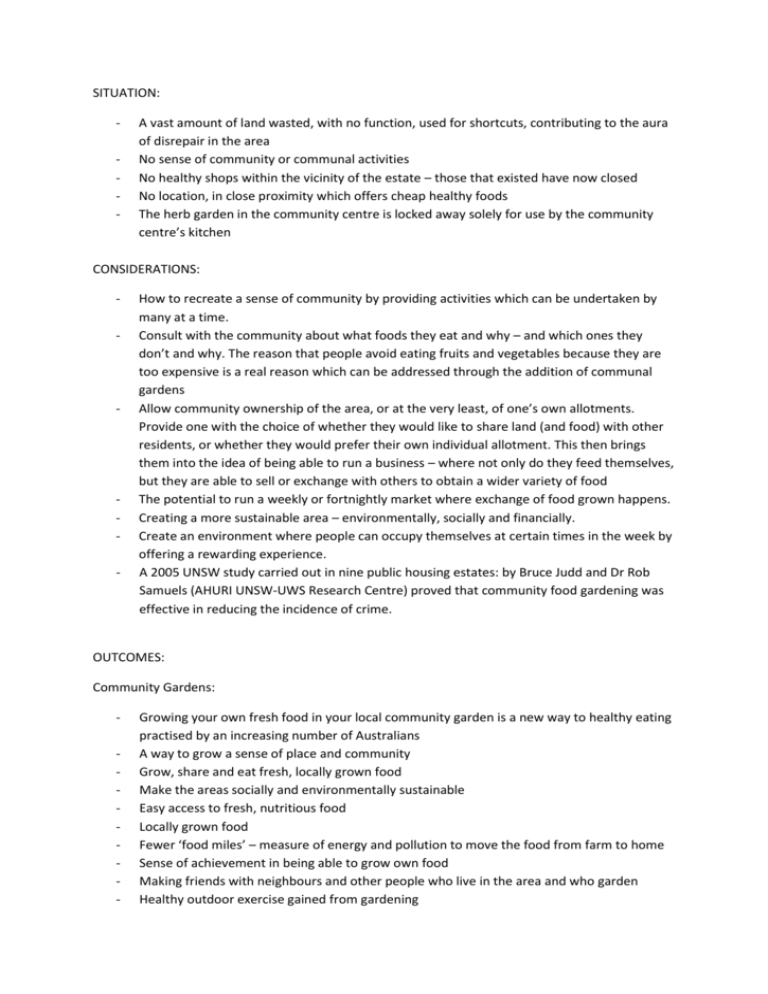
SITUATION: - A vast amount of land wasted, with no function, used for shortcuts, contributing to the aura of disrepair in the area No sense of community or communal activities No healthy shops within the vicinity of the estate – those that existed have now closed No location, in close proximity which offers cheap healthy foods The herb garden in the community centre is locked away solely for use by the community centre’s kitchen CONSIDERATIONS: - - - How to recreate a sense of community by providing activities which can be undertaken by many at a time. Consult with the community about what foods they eat and why – and which ones they don’t and why. The reason that people avoid eating fruits and vegetables because they are too expensive is a real reason which can be addressed through the addition of communal gardens Allow community ownership of the area, or at the very least, of one’s own allotments. Provide one with the choice of whether they would like to share land (and food) with other residents, or whether they would prefer their own individual allotment. This then brings them into the idea of being able to run a business – where not only do they feed themselves, but they are able to sell or exchange with others to obtain a wider variety of food The potential to run a weekly or fortnightly market where exchange of food grown happens. Creating a more sustainable area – environmentally, socially and financially. Create an environment where people can occupy themselves at certain times in the week by offering a rewarding experience. A 2005 UNSW study carried out in nine public housing estates: by Bruce Judd and Dr Rob Samuels (AHURI UNSW-UWS Research Centre) proved that community food gardening was effective in reducing the incidence of crime. OUTCOMES: Community Gardens: - Growing your own fresh food in your local community garden is a new way to healthy eating practised by an increasing number of Australians A way to grow a sense of place and community Grow, share and eat fresh, locally grown food Make the areas socially and environmentally sustainable Easy access to fresh, nutritious food Locally grown food Fewer ‘food miles’ – measure of energy and pollution to move the food from farm to home Sense of achievement in being able to grow own food Making friends with neighbours and other people who live in the area and who garden Healthy outdoor exercise gained from gardening - - Constructive and productive recreational activity Improve local environment Skills: o Gardening o Shared decision making o Cooperation Caring for an area of land coupled with the above creates a sense of place and identity Sense of community = safer and constructive environment Community gardens are safe places for families. Typically a combination of two types of gardens (type can be chosen by residents) o Allotment Gardens Gardeners have their own garden plot o Shared Gardens Gardeners have responsibility for the entire garden Do whatever work needs to be done at the time Take a share of what they grow BasketBall Courts: - Street Soccer approach Environmental: - Wind Graphs

